In Photos: The Amazing Arachnids of the World
Harry's spider?
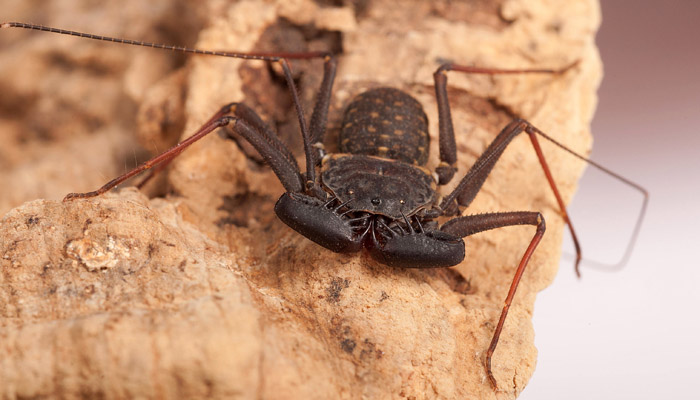
Not actually a scorpion, this arachnid, a tailless whip scorpion (Phrynus marginemaculatus), waves its first pair of legs around to feel its way. A tailless whip scorpion makes a cameo appearance in the movie "Harry Potter and the Goblet of Fire," in which one character wrongly suggests that its bite is lethal.
Vinegar-smelling arachnid
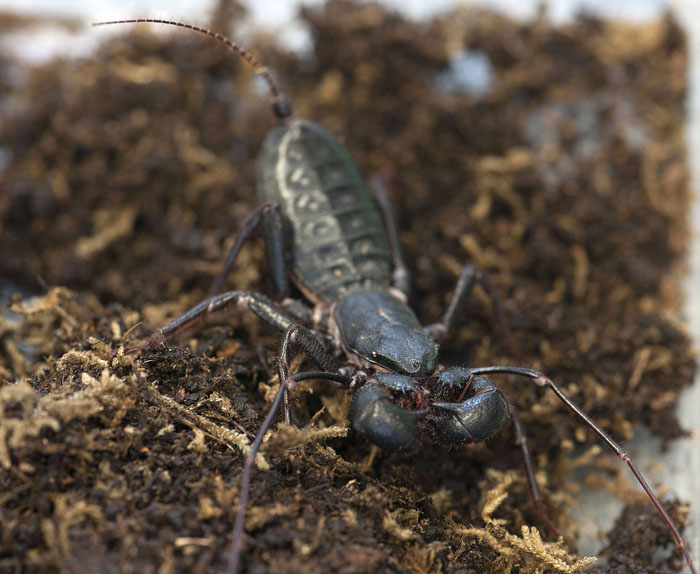
Like a skunk, this giant vinegaroon (Mastigoproctus giganteus) shoots a foul-smelling spray from its abdomen if disturbed.
Fiddleback spider

Identified by a dark, violin-shaped mark on its head, brown recluse (Loxosceles reclusa) is one of the few spiders in the United States that can hurt people. Its venom can cause a deep wound in humans that takes weeks or even months to heal and can produce symptoms such as nausea and fever.
The black widow

One of the few species harmful to people in North America, a western black widow (Latrodectus hesperus) often features a red hourglass shape on its underside.
Hiding tarantula
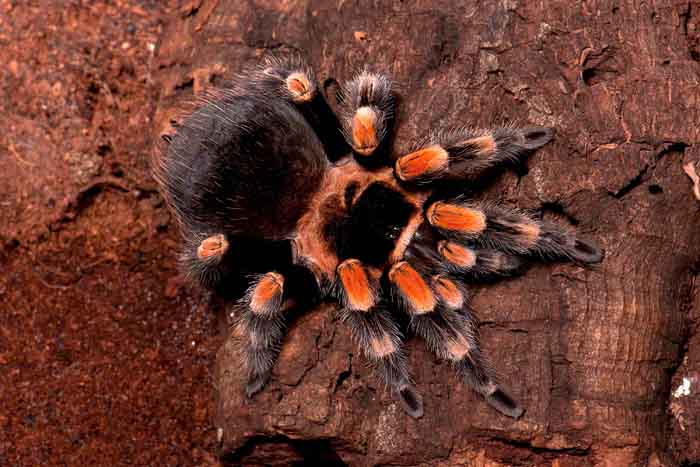
This stunning tarantula is called Mexican red knee (Brachypelma smithi). It lives mainly on the Pacific coast of Mexico, resides in burrows, hurrying out to prey on insects, small frogs, lizards, and mice.
Bird-eating spider?
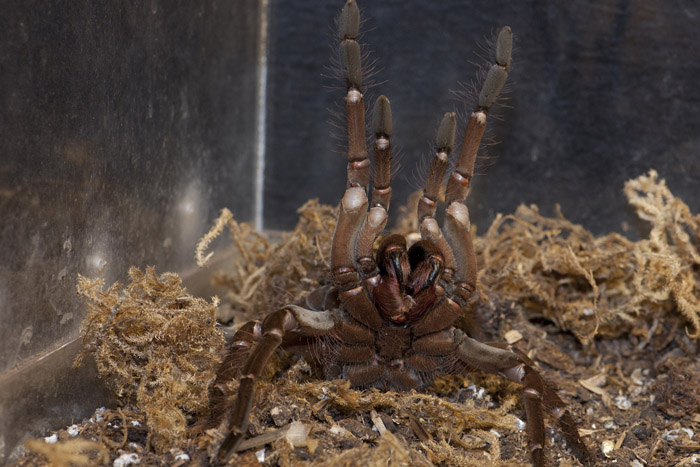
Goliath bird eater (Theraphosa stirmi) is one of the biggest spiders in the world, it preys on snakes, mice, and frogs but, despite the name, rarely birds.
Climbable spider

This climbable spider model is 50 times the life size of a trapdoor spider (Cyclocosmia torreya).
Get the world’s most fascinating discoveries delivered straight to your inbox.
Long-living tarantula
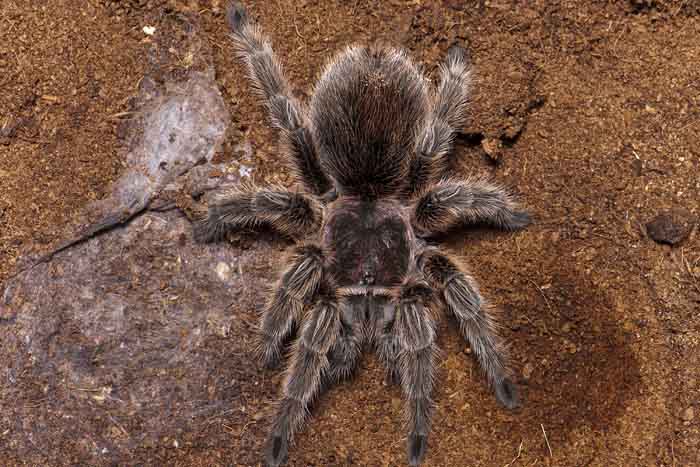
The Chilean rose hair tarantula (Grammostola rosea) is one of the most popular pet tarantulas, but its natural habitat is the deserts of Chile. A female Chilean rose hair can live as long as 20 years.
Golden web
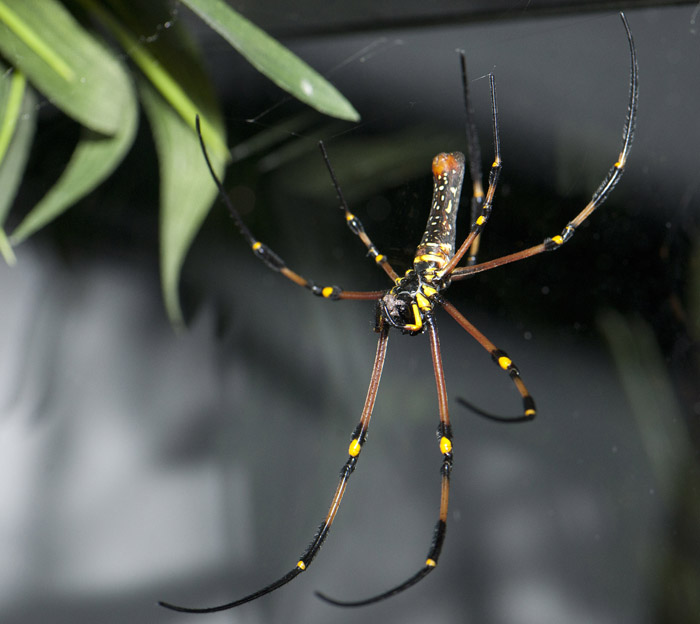
Golden orb-web spider (Nephila pilipes) is a large spider found in the Southeast Asian rainforest. It is yellow on its abdomen and spins a golden web.
Large traps
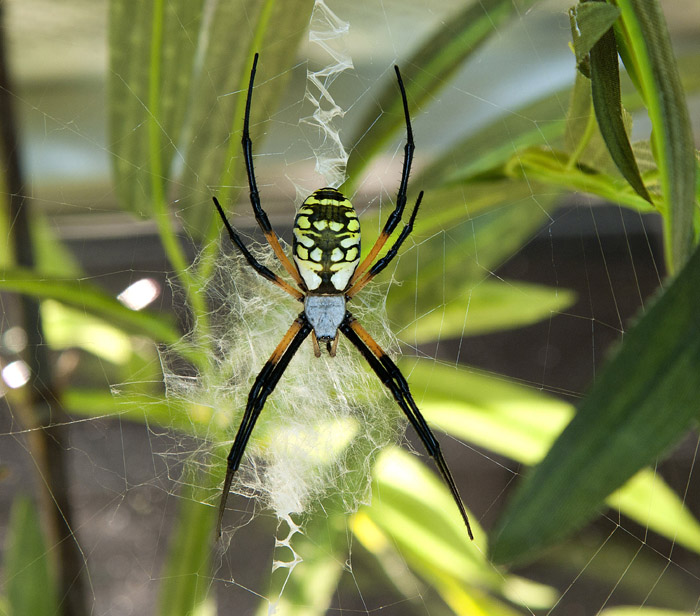
Members of Orb weaver (Argiope sp.) are found all around the world and spin large webs that often contain striking designs. "Charlotte's Web"author E.B. White, who consulted with a museum curator while writing the classic children's book, named the main character Charlotte A. Cavatica after a common orb weaver, Araneus cavaticus.



